10 Interesting Facts About Caffeine
What you should know

People may not think of caffeine as the most popular mood-altering drug in the world, even those who use it daily, by drinking coffee, tea, sodas or energy drinks as part of their routine.
Yet many of us depend on regular doses of 1,3,7 trimethylxanthine, the chemical name for a bitter white powder known as caffeine, to help wake us up, keep us alert and get us through the daily grind.
Whether it's brewed from a K-Cup, sipped in sweet tea, savored in chocolate or downed in cola, caffeine is a mild stimulant to the central nervous system that has become a regular fixture in everyday life.
In moderate amounts, caffeine has been shown to have positive effects on people's bodies and minds. There's some evidence that caffeine may help improve memory, enhance workouts and boost concentration.
The Food and Drug Administration considers 400 milligrams a safe amount of caffeine for healthy adults to consume daily. However, pregnant women should limit their caffeine intake to 200 mg a day, according to the American College of Obstetricians and Gynecologists. (One cup of coffee usually has about 100 to 200 mg, a cup of tea usually has no more than 70 mg and most sodas have less than 50 mg, according to the Mayo Clinic.)
The Mayo Clinic suggests that teens limit their caffeine intake to 100 mg a day and recommends that younger children avoid caffeine. [5 Experts Answer: Is Caffeine Bad for Kids?]
Some people are highly sensitive to caffeine's effects. Caffeine can lead to headaches or an upset stomach, and may cause people to have trouble sleeping, feel jittery or get heart palpitations, when their intake is high (about four cups of coffee a day), studies (and anecdotal observations) suggest.
Get the world’s most fascinating discoveries delivered straight to your inbox.
Here are 10 interesting facts about caffeine to mull over while nursing that first cup of joe.
Caffeine stays in the body for hours

Caffeine is absorbed into the blood and tissues within about 45 minutes of being consumed. But it takes much longer than that for the body to break it down and clear it from a person's system.
The half-life of caffeine, or the time it takes to eliminate one-half of the caffeine people have in their bodies, is about 4 hours, said James Lane, an emeritus professor of psychiatry at Duke University School of Medicine in Durham, North Carolina. But that doesn't mean that all of the caffeine is gone after 8 hours, in fact, it may take 12 hours to completely eliminate the caffeine in a morning cup of coffee, said Lane, who has studied the health effects of the drug.
Caffeine's half-life may be shortened to about 3 hours in people who smoke, Lane said. In contrast, women who take birth control pills may keep caffeine in their systems for up to 4 hours longer than women who are not on the pill, according to one study. [7 Surprising Facts About the Pill]
Pregnancy can extend caffeine's half-life even more, lengthening it to 10.5 hours during the final four weeks of pregnancy, according to one study.
Because it can take up to 12 hours to clear caffeine from the body, the drug often wears off when a person is almost ready to go to bed. This makes it easier for people to develop a dependency on caffeine because it makes people want to continue to drink it the next day, Lane said.
The reason people who regularly drink caffeine wake up feeling groggy, confused or with a headache is that they are experiencing withdrawal symptoms from yesterday's coffee, Lane said. These withdrawal symptoms are relieved when they get their morning fix of caffeine.
Death from too much caffeine is rare, but possible

In rare instances, when caffeine is consumed at high enough doses (typically in excess of 5 grams in adults — the amount in about 30 to 50 cups of coffee), it can kill.
Deaths have been reported from overdosing on powdered caffeine and caffeine pills, such as weight-loss aids. [7 Foods You Can Overdose On]
In 2014, two young men — an 18-year-old in Ohio and a 24-year-old in Georgia — overdosed on pure powdered caffeine, according to the FDA. Their deaths illustrate the dangers and potency of this concentrated product. One teaspoon of pure powdered caffeine contains about the same amount of caffeine as 28 cups of regular coffee, according to the FDA.
The FDA warns that young people, in particular, might use powdered caffeine — which is sold legally online — to boost their energy level, study longer, improve their athletic performance or lose weight.
But the powder is 100 percent caffeine, making it a powerful stimulant that, in even very small amounts, may trigger an accidental and potentially fatal overdose. Further complicating matters is that safe quantities of powdered caffeine can be nearly impossible to measure accurately with kitchen teaspoons, the FDA said.
Signs of caffeine toxicity might include a racing heart, sweating, seizures, vomiting, muscle tremors and, eventually, respiratory collapse, Lane said.
It was involved in soda snafu
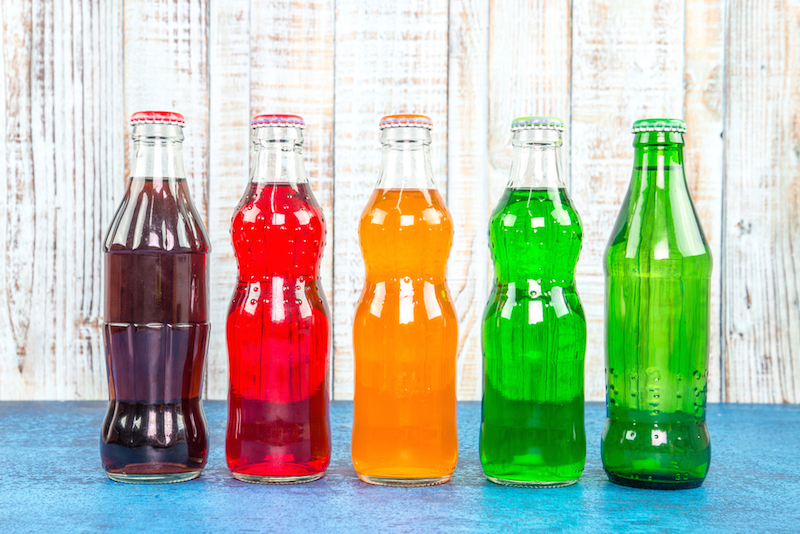
Although it contains less caffeine than a small cup of coffee, a 12-ounce can of Sunkist Orange soda has 41 milligrams of caffeine in it, according to the Center for Science in the Public Interest. Other brands of orange soda are usually noncaffeinated, but Sunkist Orange has more caffeine in it than a similar amount of Coca-Cola or Pepsi.
In September 2010, the makers of Sunkist Orange recalled nearly 4,000 cases of the 12-ounce bottled version of the beverage after receiving customer complaints that the soft drink had a medicinal taste to it and was causing stomachaches, vomiting and even hospitalization, according to the book "Caffeinated: How Our Daily Habit Helps, Hurts, and Hooks Us" (Hudson Street Press, 2014) by Murray Carpenter.
After looking into it, the manufacturer determined that human error was to blame for the incident: The reason for the off-taste and sickness was that a batch of the orange soda had been accidentally blended with six times as much caffeine as it should have, they said, according to the book.
Each bottle contained about 238 milligrams of caffeine, an amount equivalent to what's found in three Red Bulls, about seven cans of regular cola or 16 ounces of strong coffee, according to the book. Because orange soda is popular with kids, this high dose of caffeine possibly made a few children uncomfortable because they may not have realized why they felt that way.
Consumers were never informed of the supercaffeinated snafu because the FDA considered it a Class III recall, meaning "a situation in which exposure to the product is not likely to cause adverse health consequences," according to the book.
Caffeine withdrawal is a real condition

In the latest version of the psychology handbook "Diagnostic and Statistical Manual of Mental Disorders" (DSM-5), caffeine withdrawal is listed as a mental health condition. The text describes the effects seen in some people who abruptly stop or dramatically cut back on their daily use of caffeine.
For example, withdrawal side effects, which may start 12 to 24 hours after stopping or drastically curbing caffeine, include a throbbing headache, fatigue, irritability, depressed mood and difficulty concentrating, according to the book. In people diagnosed with the condition, these symptoms are typically severe enough to interfere with a person's ability to function properly at work or in social situations, the mental health manual suggests.
People who regularly consume caffeine wake up every morning in caffeine withdrawal, Lane said. But they might not think of it that way, he added. Instead, people typically consider morning grumpiness, fuzzy thinking and sleepiness as signs of not yet having their coffee.
"The truth is, these are signs of caffeine withdrawal," Lane told Live Science.
Cutting back gradually on caffeine over the course of a week may help to avoid a withdrawal headache.
People aren't truly "addicted" to caffeine.

People who consume caffeine every day are most likely dependent on the drug, and it does produce symptoms of dependence, Lane said. But addiction is not the best way to describe it, he said.
Caffeine use is socially acceptable, and because people who consume it in large amounts aren't thought of as acting like addicts, society doesn't put its overuse in the same category as that of other drugs, Lane said. [5 'Hidden' Sources of Caffeine]
Caffeine is not highly addictive, said Dr. Peter Martin, a professor of psychiatry and pharmacology at Vanderbilt University School of Medicine, and the director of the Institute for Coffee Studies at Vanderbilt University in Nashville.
Generally, people's need for caffeine is a different order of magnitude compared with an addiction to opioid drugs or cocaine, Martin said. "Caffeine has minor-league side effects compared with real addictive drugs," he said.
A person might say, "I'm addicted to coffee," to describe their habitual need for caffeine, but Martin, who is a specialist in addiction psychiatry, said he would ask that individual, "When was the last time you robbed a bank to get money to buy coffee?"
Caffeine resembles a brain chemical
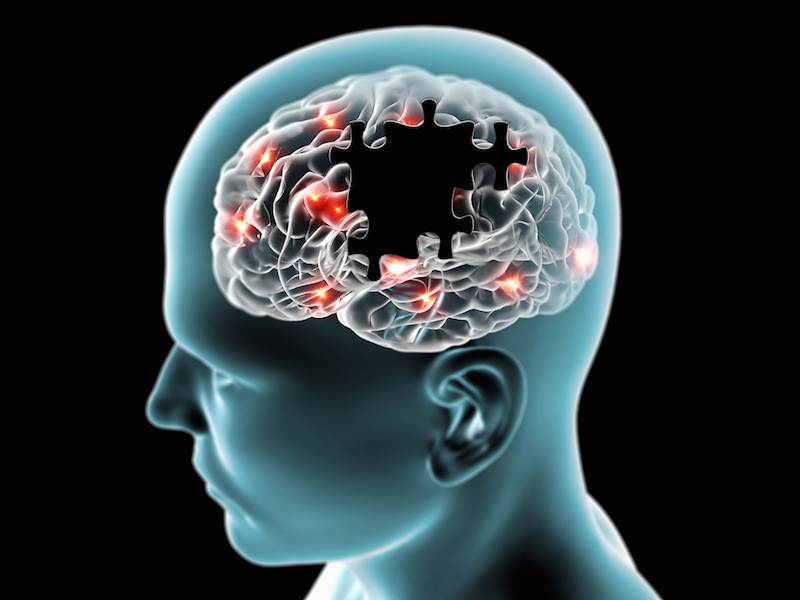
Caffeine has a similar molecular structure to adenosine, a neurotransmitter (a substance that transmits nerve impulses in the brain). Because of its chemical resemblance to adenosine, caffeine can bind to adenosine receptors in brain cells.
Caffeine's stimulant effects come mainly from the way it acts on the brain's adenosine receptors. Normally, the binding of adenosine to its receptors produces drowsiness and depresses the central nervous system, which slows down nerve cell activity and promotes relaxation, Martin said.
But when caffeine molecules take the place of adenosine and bind to these same receptors, it blocks the sleep-inducing actions of adenosine and speeds up nerve cell activity. This causes a person to feel temporarily more awake and energetic, Martin told Live Science.
Caffeine can be found in unusual places
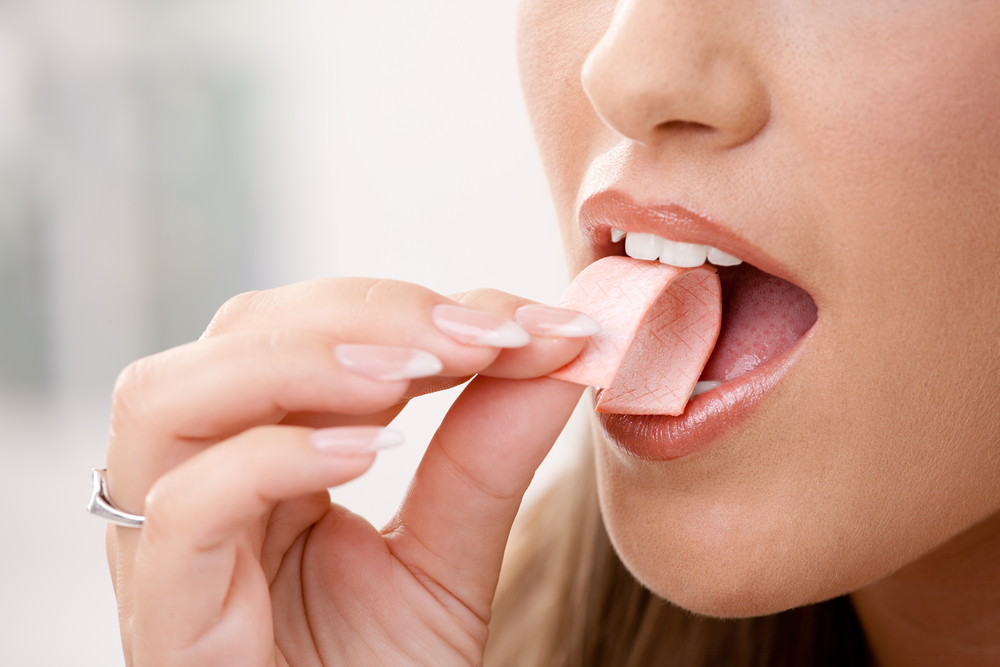
These days, consumers might notice caffeine in some unexpected places. People can purchase caffeine-infused bottled water, jelly beans, breath mints, peanut butter and chewing gum.
There are even caffeinated bath soaps that supposedly help wake people up in the morning. Although caffeine can be absorbed through the skin, it's doubtful this soap will improve alertness during the day, Lane said.
Caffeine has also been added to shampoos to purportedly thicken hair and stop hair loss, but there's no good evidence that these pricey products can truly deliver results.
The beauty industry has jumped aboard the caffeine bandwagon, by adding it to everything from eye cream and lotions to body scrubs and shaving cream. Whether products containing the ingredient work better than their noncaffeinated counterparts is questionable.
In addition, drug makers have added caffeine to headache medications, such as Excedrin and Anacin, because it may enhance the effectiveness of pain medications and bring faster relief, according to headache specialists. It's even in the menstrual pain reliever Midol Complete.
College students who pull all-nighters may be familiar with caffeine pills, also called "alertness aids," such as NoDoz and Vivarin, each of which contain 200 milligrams per pill.
In addition, caffeine is in some weight-loss products and dietary supplements. It may be listed on the label as guarana, kola nut, yerba mate, green tea extract or green coffee bean extract, according to the National Institutes of Health.
Coffee beans come from a red fruit
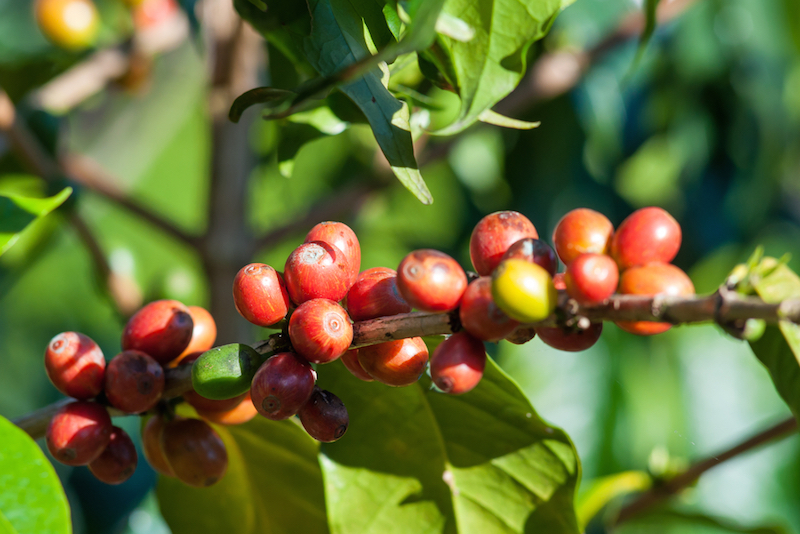
The fragrant brown beans that people might toss into a grinder every morning actually come from a bright-red fruit.
Coffee comes from shrubs, known as coffee cherries, that produce a red berry when ripe, Lane told Live Science. The actual coffee beans, which are green, are found inside the coffee cherries.
Coffee often has to be picked by hand because the red fruit doesn't all mature at the same time, Lane noted.
Before the beans were used to make coffee, the pulp from the red fruit was first fermented and used to make a wine, he said. Some time around 1000 A.D., people in Arabia began to roast coffee beans to make a beverage from them.
But according to the National Coffee Association, an industry trade group, an Ethiopian goat herder named Kaldi first discovered the stimulant powers of coffee around 800 A.D., when he found his goats dancing and frolicking in the fields after grazing on the red berries from a coffee shrub. After seeing its effects on his goats, Kaldi also tried the coffee cherries. He had a similar reaction to them. [Coffee's Perks: Studies Find 5 Health Benefits]
Then, a monk who supposedly observed Kaldi and his goat's odd behavior plucked some berries and took them back to his monastery for his brothers to try that night. After consuming the fruit, they became more alert and attentive during long hours of evening prayer. According to legend, the monks came up with the idea of drying the fruits and boiling them into a beverage.
It's as if coffee cherries were the answer to the monks' prayers — or at least their ability to stay awake during them.
Caffeine can exaggerate the effects of stress
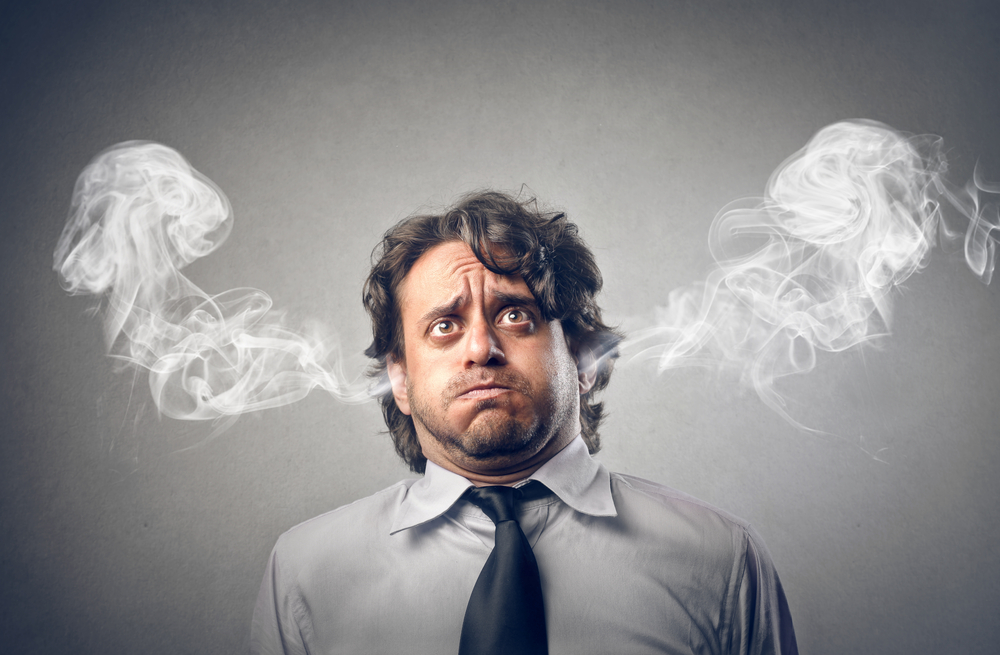
Lane's research has found that caffeine can amplify stress in people who consume it every day. In a small study of habitual coffee drinkers, he found that caffeine amplifies the stress response in the body, resulting in increases in blood pressure and heart rate, as well as increases in the production of stress hormones.
Caffeine directly affects not only the way a person's body responds to stress but also the mind by magnifying an individual's perception of stress.
An exaggerated stress response can make a difference to people with conditions such as high blood pressure and type 2 diabetes, Lane said.
In fact, he encourages people with these conditions, as well as people with prediabetes or borderline hypertension who are not yet on medication, to try eliminating coffee and other caffeinated beverages to see if it lowers their blood pressure or blood sugar levels.
Lane said lower blood pressure readings may occur within a few days of quitting caffeine, but it may take several months for people to see reductions in blood glucose.
Caffeine in plants acts as a natural pesticide and herbicide
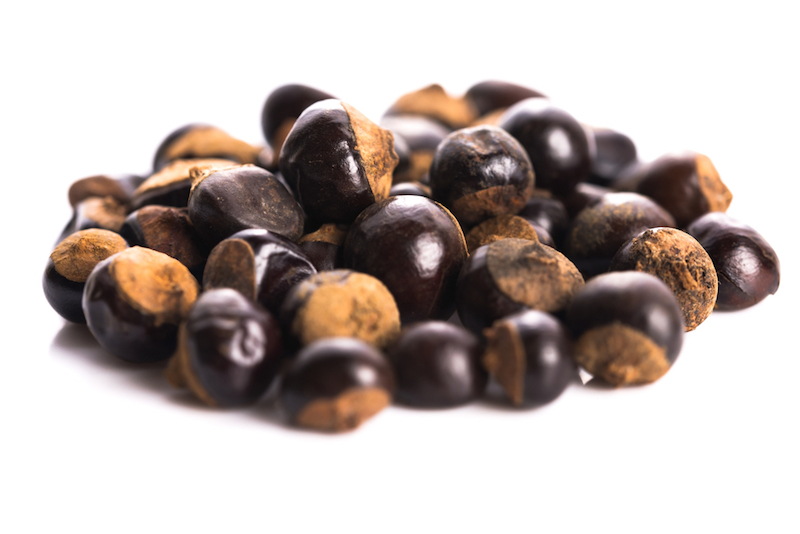
Caffeine is found in the leaves, fruits and seeds of some caffeine-producing plants, including coffee and tea shrubs, kola and cacao trees, guarana and yerba mate from South America.
Caffeine in plants function as a natural pesticide to help ward off insects that may attack the plants, and it may be useful in pest control, suggested a study from researchers at Harvard Medical School that was published in 1984 in the journal Science. At high doses, caffeine can even be toxic to insects.
Caffeine is also a natural herbicide that gets released into the soil so that weeds can't grow near coffee and tea shrubs, Lane said. Weeds might compete with the shrubs for nutrients, he noted.
Lane also said that on coffee farms, caffeine can build up so much in the soil that the coffee plants themselves might suffer.
Follow Live Science @livescience, Facebook & Google+. Originally published on Live Science.
Cari Nierenberg has been writing about health and wellness topics for online news outlets and print publications for more than two decades. Her work has been published by Live Science, The Washington Post, WebMD, Scientific American, among others. She has a Bachelor of Science degree in nutrition from Cornell University and a Master of Science degree in Nutrition and Communication from Boston University.



